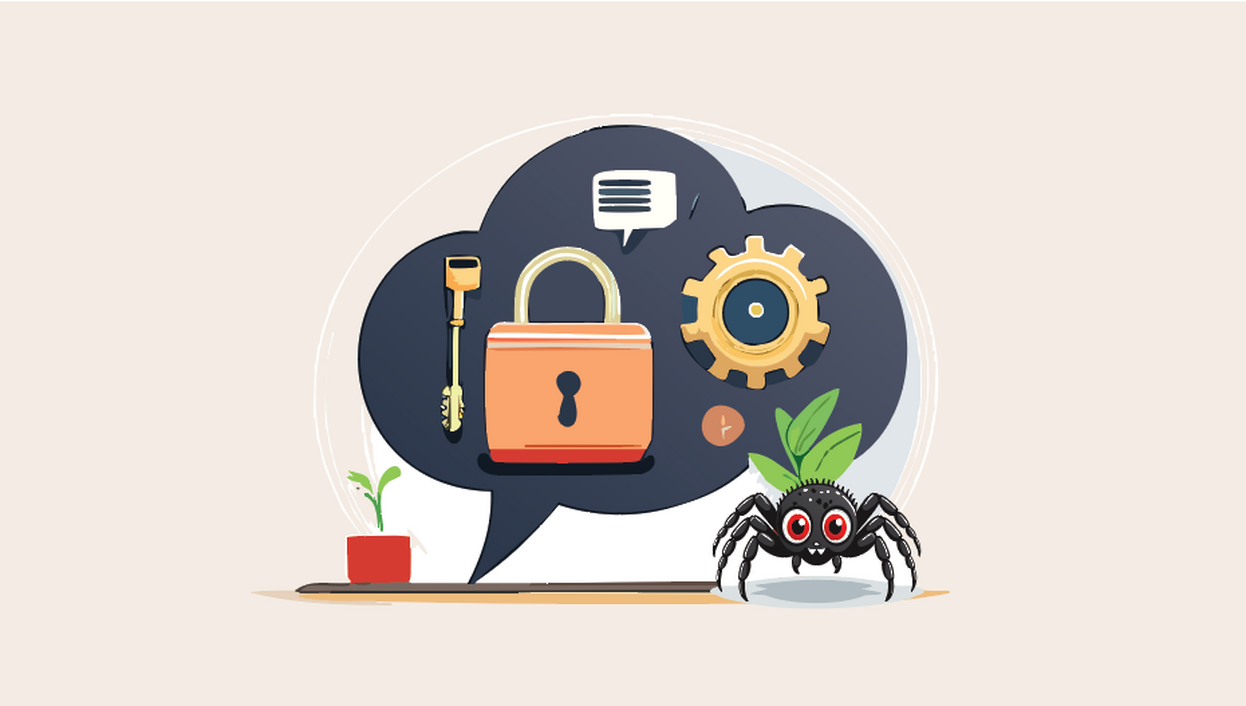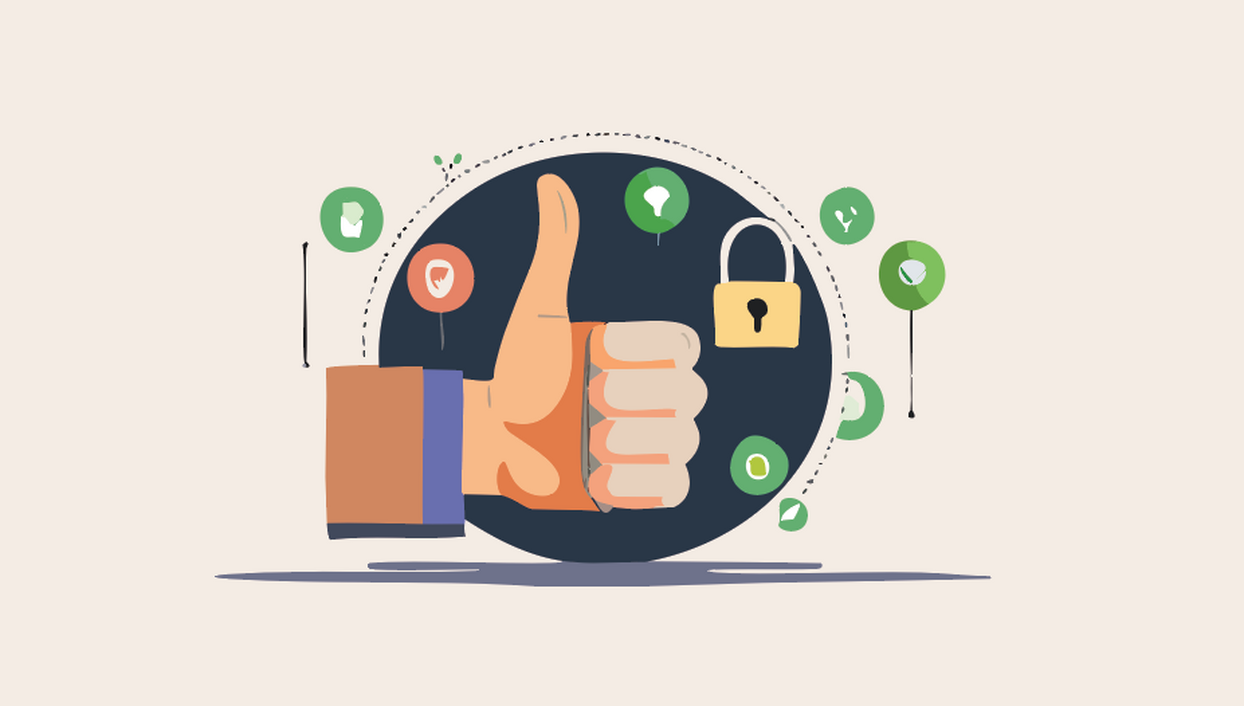
Jeff Finucan - a librarian at Stauffer Library on campus - bought a new personal mobile phone. He is excited to explore the new features of his phone and begins syncing the data from his old device immediately after setup.

While Jeff is executing the data transfer, he thinks about how many apps, photos, passwords, and accounts he keeps on his devices. Jeff has never thought about how much of his personal data was on his phone until he purchased this new device.

Jeff spends time evaluating his app permissions. To protect his privacy, Jeff turns off access to photos, location services, contacts, and camera for apps that do not need these permissions to operate. Additionally, he deletes apps that he no longer uses and updates apps that are out of date.

To further secure his mobile phone, Jeff transfers all of his passwords and sensitive information to an encrypted app, where they can be kept safe from hackers and data leaks. Jeff is happy knowing that he doesn’t have to worry about his information ending up in the wrong hands!
Cybersecurity Risks of Social Media
Phishing messages are designed to trick you into giving up information by pretending to be from a trusted source. Phishing messages can come from people pretending to be your friends, respected companies or institutions, or just "friendly" strangers. Never share sensitive information or click on any links that seem suspicious — even if they’re from your friends.
Social engineering is the practice of obtaining confidential information through deception and trickery. In a social engineering attack, a cybercriminal contacts you by email or phone and may use facts that you have made public on your social media accounts (for example, where you live or work) to make their request seem legitimate. Their goal is to trick you into providing sensitive financial or personal information. Social engineering is a type of phishing that can be difficult to spot.
Social media sites receive so much private information about us such as the names of our friends and family members, how we spend our vacations, and even the contents of our direct messages. It’s important that you understand how social media sites are using your information and if they might be selling it to advertisers and other third parties.
Malware is malicious software and is code designed to infiltrate your device. Malware can spread on social media through links, often with catchy headlines. Once malware is in your device, it might send spam messages to your friends, steal your information, or harm your device. Always be careful when clicking links on social media.
How to Protect Your Personal Profiles
Use a Passphrase or Complex Password
Social media is all about sharing, so if your password is something you’ve shared on social media (like your pet’s name) it will be easy for a cybercriminal to guess. Make sure you use a unique passphrase or password for every social media account. Visit the How to Protect Your Password page for more information on creating a strong password.
Enable Multi-Factor Authentication (MFA)
Most social media sites offer multi-factor authentication (MFA). Always turn MFA on in your settings to keep your account secure.
Review Your Privacy Settings Often
Use the privacy and security settings on your social media sites to control who other people can see about you — the default settings likely provide strangers more access than you'd like.
Keep Private Information Private
Even if you’re careful, you can never know who’s on the other side of the screen. When you post on social media, avoid sharing:
-
Personal information like your phone number, email address, home address, work details, or your child's school
-
Informative pictures: Check the background of pictures before you post for any revealing info like street signs or license plates.
-
Geotagged photos: Most smartphones and digital cameras automatically attach the exact location where a photo was taken. Many social media sites don’t capture this information when you post a photo, but when they do, turn off the geotagging feature in your camera’s settings and remove geotags from older photos with photo editing software.
-
Exciting news: Vacation details, big purchases or events with your address can let criminals know there’s an opportunity to rob your home while you’re away.
-
Banking or financial information, including the name of your bank, credit or debit card numbers, and any other financial information.
Other Resources
This Week's Challenge
Test your knowledge with our online identity quiz. Note that you will be prompted to log in with your NetID and password. When you're ready, click the link below to begin the quiz.
This quiz will collect your name, Queen's email address, and NetID to notify winners of where and how to redeem their prize. Your data will not be shared with any other party or used for any other purpose.